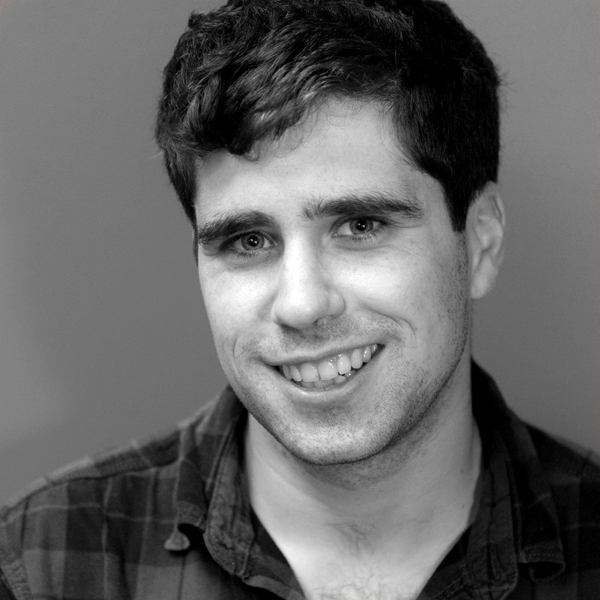
Jennifer Donald -- whose family receives money from the Supplemental Nutrition Assistance Program also know as food stamps -- makes dinner with her daughter Jayla, 10, in Philadelphia. (AP Photo/Matt Rourke)
Where can you find concentrated poverty in America? The New York Times put together an interactive map which reveals that almost all American cities have some neighborhoods with poverty rates over 40 percent. And 80 percent of Americans live in urban centers, which means that for those Americans who aren’t living below the poverty line themselves, the poor are right next door.
In many of our more prosperous cities, poverty is concentrated away from downtown. In New York, it’s clustered in pockets in northern Manhattan and throughout the outer boroughs — most notably the Bronx and Central Brooklyn. In San Francisco, another famously unequal city, the poor are scattered in pockets south of the city center and across the bay, in nearby Oakland.
But in less-prosperous cities, the poor aren’t similarly out-of-sight. One residential area near downtown Cleveland shows a poverty rate of 80 percent. Other cities across the country have similar tracts.
Outside of urban areas, we see pockets of deep poverty throughout the Appalachians and the South, and in Western counties that are home to American Indian reservations. Look, for instance, at Shannon County in southern South Dakota, home to the Pine Ridge Indian Reservation. The poverty rate in the county is nearly 50 percent, and unemployment on the reservation is estimated at around 70 percent.
Take a look at the map at nytimes.com »
Fifty years ago, President Lyndon Johnson introduced the War on Poverty during his 1964 State of the Union address. The program was responsible for many of the Johnson-era social safety-net programs — perhaps most famously, Medicaid and Medicare — that still exist today. Both Democrats and Republicans are seizing on the anniversary to advance their policy agendas, with some Republicans declaring the war a failure and pushing for government programs to be overhauled, and with the president and some Democrats calling for more aggressive programs — like a minimum wage hike — to address the nation’s growing inequality.
As the rhetoric escalates, the Census data that informs the New York Times map shows that poverty remains a serious problem, and that there is hardly an American community which is untouched. Whether 2014 will see real efforts to solve the problem — or whether the issue of poverty, often ignored in America, will be part of the dialogue during the coming midterm elections — remains to be seen.


